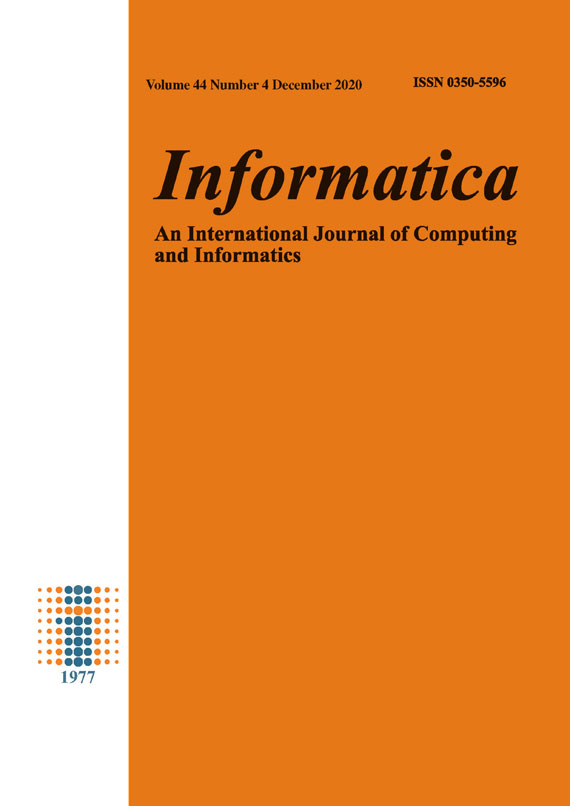Probabilistic Weighted induced Multi-Class Support Vector Machines for Face Recognition
DOI:
https://doi.org/10.31449/inf.v44i4.3142Abstract
This paper deals with a probabilistic weighted multi-class support vector machines for face recognition. The support vector machines (SVM) has been applied to many application fields such as pattern recognition in last decade. The support vector machines determine the hyperplane which separates largest fraction of samples of the similar class on the same side. The SVM also maximizes the distance from the either class to the separating hyperplane. It has been observed that in many realistic applications, the achieved training data is frequently tainted by outliers and noises. Support vector machines are very sensitive to outliers and noises. It may happen that a number of points in the training dataset are misplaced from their true position or even on the wrong side of the feature space. The weighted support vector machines are designed to overcome the outlier sensitivity problem of the support vector machines. The main issue in the training of the weighted support vector machines algorithm is to build up a consistent weighting model which can imitate true noise distribution in the training dataset, i.e., reliable data points should have higher weights, and the outliers should have lower weights. Therefore, the weighted support vector machines are trained depending on the weights of the data points in the training set. In the proposed probabilistic weighted multi-class support vector machines the weights are generated by probabilistic method. The weighted multi-class support vector machines have been constructed using a combination of the weighted binary support vector machines and one-against-all decision strategies. Numerous experiments have been performed on the AR, CMU PIE and FERET face databases using different experimental strategies. The experimental results show that the performance of the probabilistic weighted multi-class support vector machines is superior to the multi-class support vector machines in terms of recognition rate.Downloads
Published
Issue
Section
License
I assign to Informatica, An International Journal of Computing and Informatics ("Journal") the copyright in the manuscript identified above and any additional material (figures, tables, illustrations, software or other information intended for publication) submitted as part of or as a supplement to the manuscript ("Paper") in all forms and media throughout the world, in all languages, for the full term of copyright, effective when and if the article is accepted for publication. This transfer includes the right to reproduce and/or to distribute the Paper to other journals or digital libraries in electronic and online forms and systems.
I understand that I retain the rights to use the pre-prints, off-prints, accepted manuscript and published journal Paper for personal use, scholarly purposes and internal institutional use.
In certain cases, I can ask for retaining the publishing rights of the Paper. The Journal can permit or deny the request for publishing rights, to which I fully agree.
I declare that the submitted Paper is original, has been written by the stated authors and has not been published elsewhere nor is currently being considered for publication by any other journal and will not be submitted for such review while under review by this Journal. The Paper contains no material that violates proprietary rights of any other person or entity. I have obtained written permission from copyright owners for any excerpts from copyrighted works that are included and have credited the sources in my article. I have informed the co-author(s) of the terms of this publishing agreement.
Copyright © Slovenian Society Informatika








